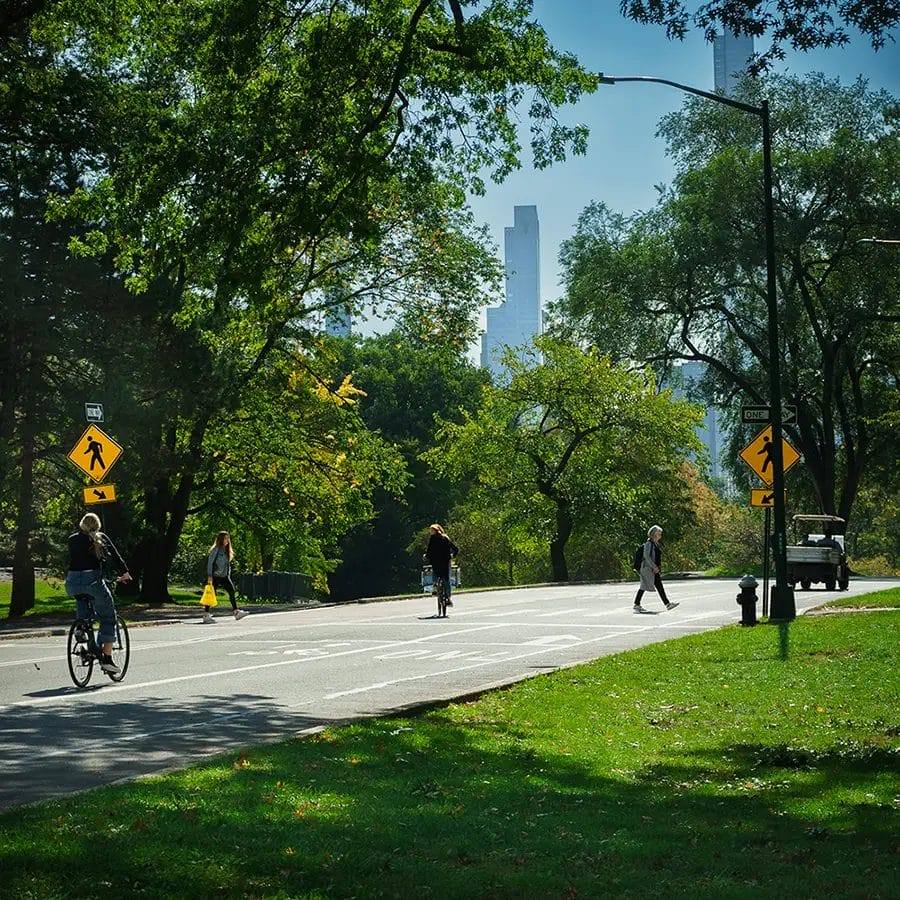
Central Park in New York is a breath of fresh air in the middle of a busy city. It offers photographers a respite and alternative challenge from shooting street photography and faces you with the opportunity to blend the natural and man-made worlds in close proximity.
After spending a day in the park during our iPhotography workshop I’ve got some great tips on Central Park photography and how to make the most of this incredible public space.
Central Park, located in the heart of Manhattan, New York City, has a rich and fascinating backstory that dates back to the early 19th century. The park’s creation was a response to the rapid urbanisation and industrialization of New York City in the 19th century.
In 1853, the New York State Legislature authorised the acquisition of 843 acres of land in the centre of Manhattan for the purpose of creating a grand urban park. The land chosen for the park was a mixture of swamps, rocky terrain, and undeveloped land.
Construction of Central Park began in the late 1850s, and officially opened to the public in 1858, even though work continued for several years to complete various features and details.
In more recent years, it has hosted countless concerts, events, and gatherings over the years and has been the backdrop for numerous movies, TV shows, and cultural events. The park’s iconic landmarks, such as the Bethesda Terrace, Central Park Zoo, and the Central Park Conservatory Garden, have become famous attractions in their own right.
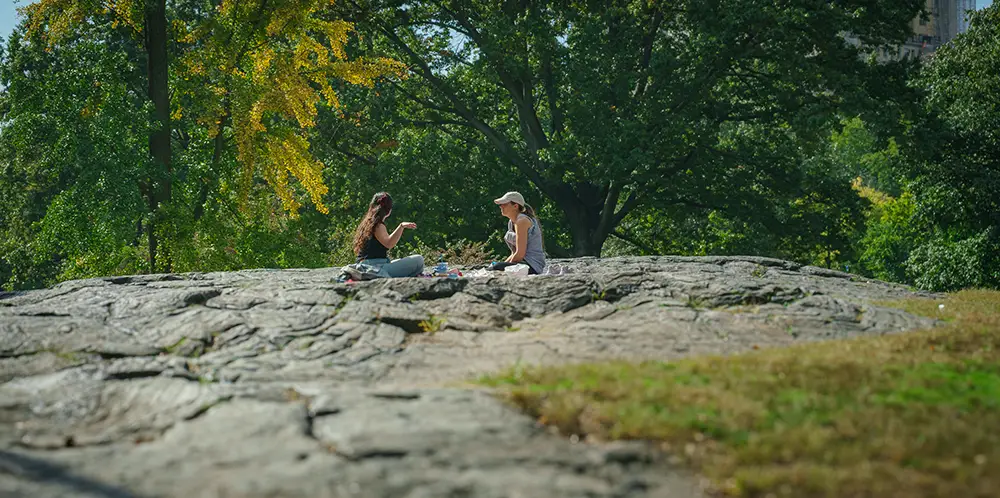
Central Park in New York City offers a variety of beautiful pathways, scenic routes, and attractions to explore. The “best” route to take in Central Park can vary depending on your interests and the amount of time you have. Here’s a suggested route that covers some of the park’s highlights:
Enter the park from the southern end near 59th Street and Fifth Avenue. Head straight into The Mall, a wide promenade flanked by rows of American elm trees. It’s a beautiful walk, especially in the spring and fall when the trees are in full bloom or displaying vibrant autumn colours.
Along the way, you’ll pass the statues of famous literary figures like William Shakespeare and Robert Burns.
After that, continue north on The Mall until you reach Bethesda Terrace. It’s a grand architectural structure with stunning views of the Bethesda Fountain and Central Park Lake. This area is a hub of activity and a popular spot for photos. Take some time to enjoy the intricate tile work on the terrace’s ceiling.

When you’ve finished at the terrace, head west and visit Strawberry Fields, a tribute to John Lennon, located near West 72nd Street. You’ll find the “Imagine” mosaic and often encounter musicians paying homage to the legendary musician.
If you want to explore the northern section of the park, head to Harlem Meer. This scenic lake offers a quieter atmosphere and is surrounded by the Harlem Meer Conservatory Garden.
Remember that Central Park is vast, and there are numerous other paths and hidden gems to discover. Feel free to tailor your route based on your interests and the amount of time you have available. Enjoy your visit to this iconic urban oasis!
Central Park in New York City offers a plethora of picturesque spots for taking photos. Here are some of the best places to capture memorable moments:
Bow Bridge: One of Central Park’s most romantic and photogenic spots, the Bow Bridge offers captivating views of the park’s skyline, Central Park Lake, and the surrounding greenery.
Central Park Reservoir: Located in the northern part of the park, the Jacqueline Kennedy Onassis Reservoir provides a scenic backdrop of water and the city skyline. The path around the reservoir is great for jogging and taking photos.
Gapstow Bridge: This charming stone bridge near the Central Park Zoo offers lovely views of the pond and the city skyline, especially in the winter when it’s framed by snow.
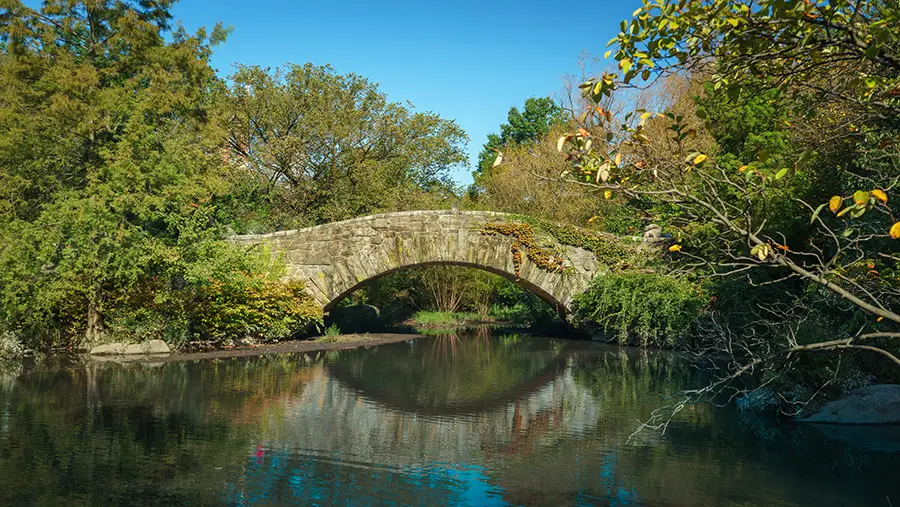
Also make sure you try and visit Belvedere Castle. The castle’s towers provide panoramic views of the park and the surrounding cityscape. It’s a great place to capture a unique perspective of Central Park.
Put Wagner Cove on your photo hit list too when you’re in Central Park. It’s a secluded spot on the lake, just west of Bethesda Terrace, and known for its rustic gazebo and romantic setting. It’s an ideal location for engagement or wedding photos.
Central Park in New York City is a fantastic place for photography, offering a wide range of subjects and settings. Here are ten tips to help you capture beautiful photos in Central Park:
1. Golden Hours: Shoot during the golden hours, which are the first hour after sunrise and the last hour before sunset. The soft, warm light during these times enhances the park’s beauty and adds a magical quality to your photos. Face eastwards in the morning and westwards in the late afternoon to shoot into the light to create interesting lighting effects, flares and artistic glare.
2. Vary Your Angles: Experiment with different angles and perspectives. Try shooting from low angles to capture details like flowers or from high angles to get an overview of a scene. Don’t be afraid to get creative with your compositions.
3. Use a Tripod: For stable and sharp shots, especially during low-light conditions or long-exposure shots, use a tripod. This is especially helpful for capturing water reflections, like at the reservoir or Central Park Lake.
4. Capture Reflections: Central Park has several bodies of water, which can provide stunning reflections. Photograph bridges, buildings, or trees reflected in the water to create striking images.
5. Leading Lines: Utilise the park’s pathways, bridges, and arches as leading lines to draw the viewer’s eye into your photo.
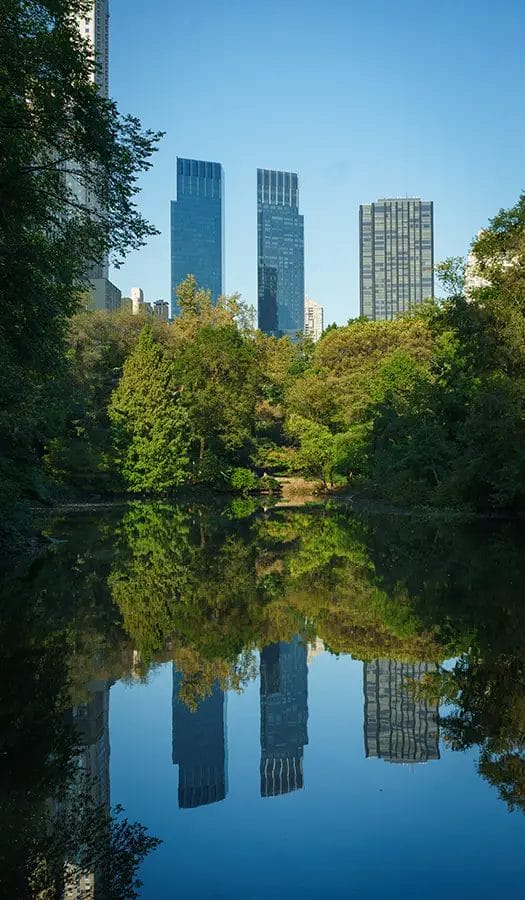
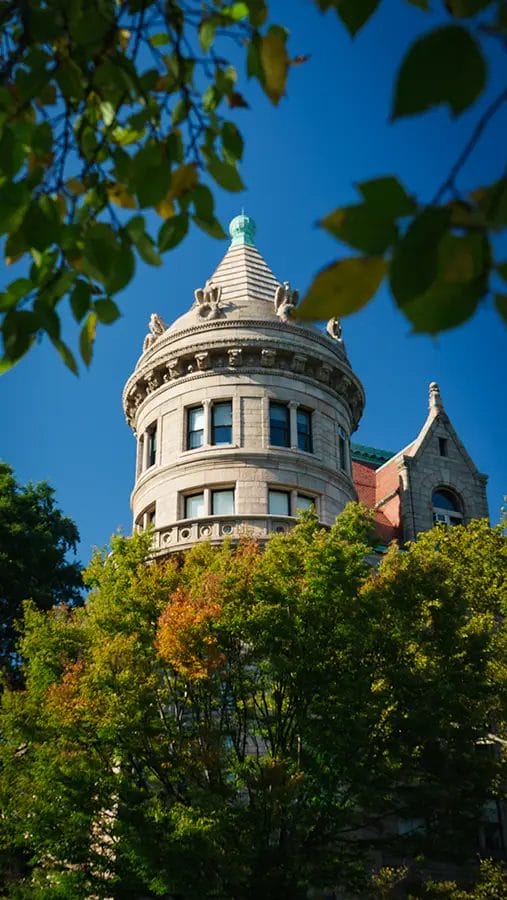
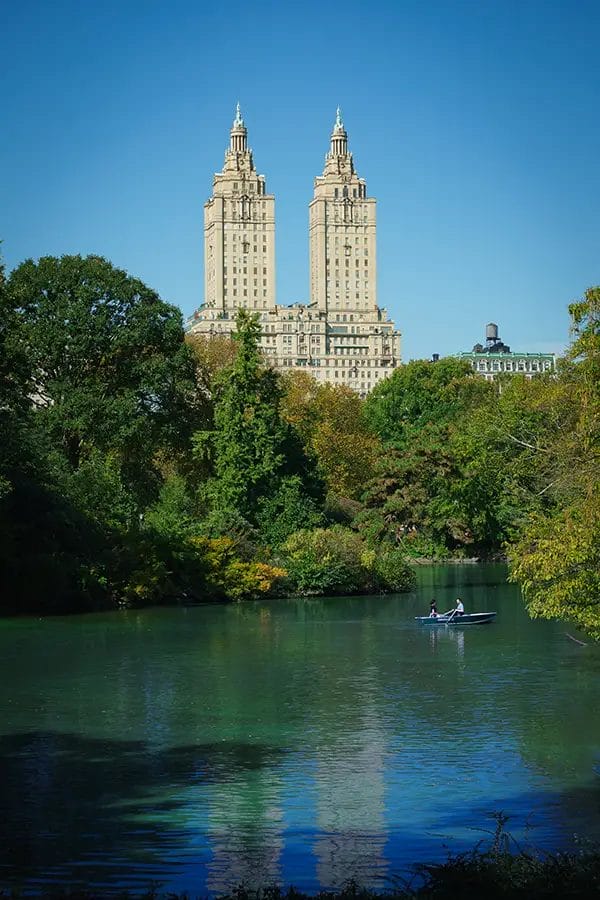

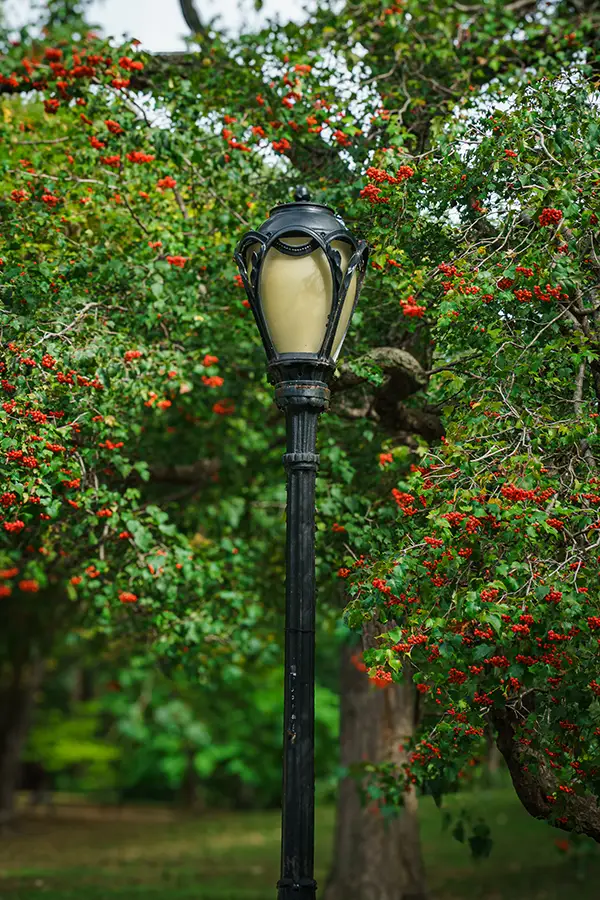
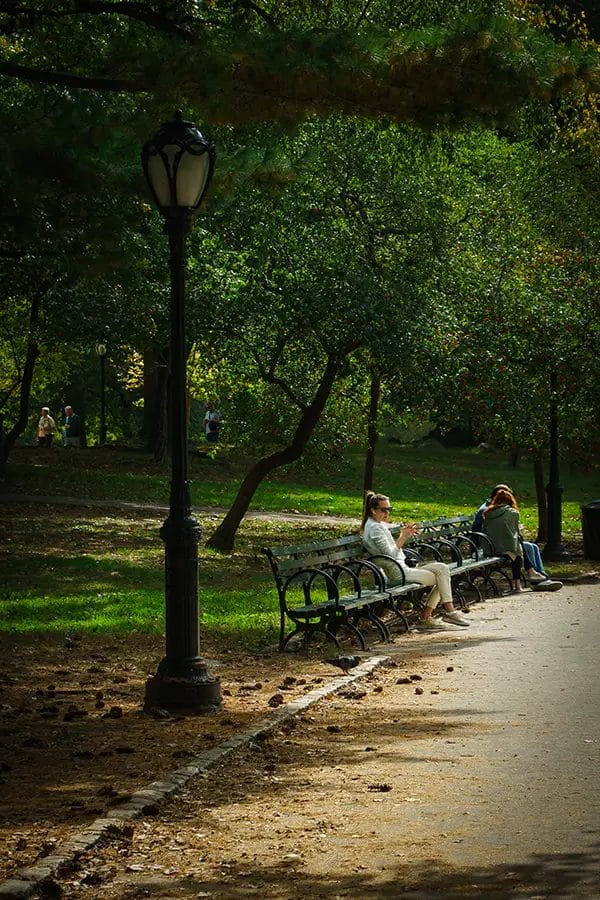
6. Wildlife Photography: Central Park is home to a variety of wildlife, including Herons, Terrapins and Squirrels. Bring a telephoto lens to capture close-ups of these creatures, but be respectful of their space.
7. Macro Photography: Don’t forget to focus on the smaller details. Central Park is full of interesting textures, patterns, and close-up subjects like flowers, leaves, and insects.
8. Silhouettes: Experiment with silhouette shots during sunset or sunrise. Position your subject in front of the colourful sky for striking results.
9. Long Exposures: Use long exposure techniques to create dreamy effects with moving water, like at waterfalls or fountains. A neutral density filter can help achieve longer exposures during daylight.
10. People-Free Shots: Central Park can get crowded, so consider arriving early in the morning or on weekdays to capture scenes with fewer people.
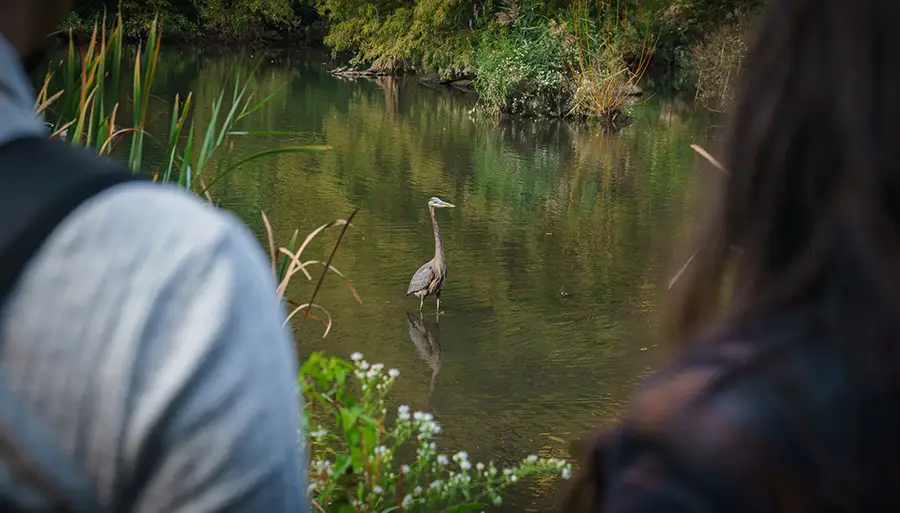
Taking photos of people in Central Park can be a rewarding experience, as the park offers a wide range of activities and settings. Here are eight tips to help you capture great photos of people in this iconic location:
1. Ask for Permission: When taking candid or close-up shots of individuals, especially if they are the main subject of your photo, it’s courteous to ask for their permission. Approach them politely and explain your intentions. Most people will appreciate your consideration and may even pose or offer a more natural smile when they know they are being photographed.
2. Use a Telephoto Lens: If you want to capture candid moments from a distance without intruding on people’s privacy, a telephoto lens is a valuable tool. It allows you to zoom in and capture candid expressions and interactions without getting too close.
3. Capture Interactions: Central Park is a place where people gather to enjoy various activities. Look for moments of interaction, whether it’s friends sharing a laugh, families playing, or musicians performing. These candid moments often make for compelling and authentic photographs.
4. Consider the Background: Pay attention to the park’s stunning backdrops. Frame your subjects against iconic Central Park locations like the Bethesda Terrace, Bow Bridge, or the lake for more visually appealing photos.
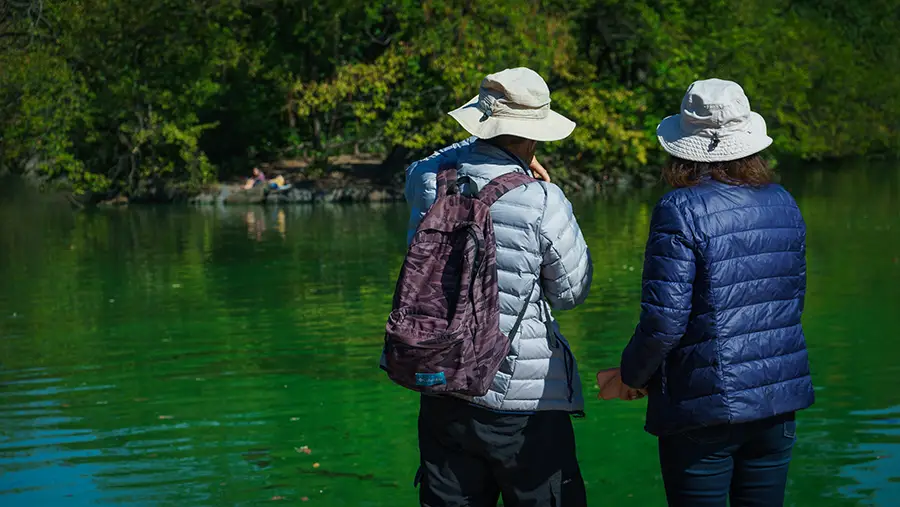
5. Use the Park’s Props: Central Park has various props like benches, lampposts, and bridges that can be incorporated into your photos to add interest and context.
6. Capture Expressions: Focus on capturing genuine expressions and emotions. Be patient and ready to snap the shutter when you see a meaningful moment unfold.
7. Use Burst Mode: If you’re capturing action or spontaneous moments, use burst mode on your camera to take multiple shots in quick succession. This increases the likelihood of getting the perfect shot.
8. Respect Privacy: While it’s perfectly acceptable to take photos of people in a public place like Central Park, be mindful of people’s privacy and comfort. Avoid taking intrusive or unflattering shots without consent.

Spring (March to May): Spring is a popular time to visit Central Park due to the blossoming of trees and flowers. Cherry blossoms, magnolias, and tulips create a colourful spectacle. The weather is generally mild, making it ideal for picnics and leisurely strolls. Late April to early May is often considered the peak of the spring bloom.
Summer (June to August): Summer in Central Park is vibrant and bustling. The park is alive with people enjoying outdoor concerts, sunbathing, paddle boating, and picnicking. The long daylight hours allow for extended visits, but it can get quite hot and humid.
Fall (September to November): Fall is a favourite season for many photographers and nature enthusiasts. The foliage transforms into a stunning display of reds, oranges, and yellows. The park is less crowded than in the summer, making it a peaceful time for a visit. Late October is typically the peak of fall foliage.
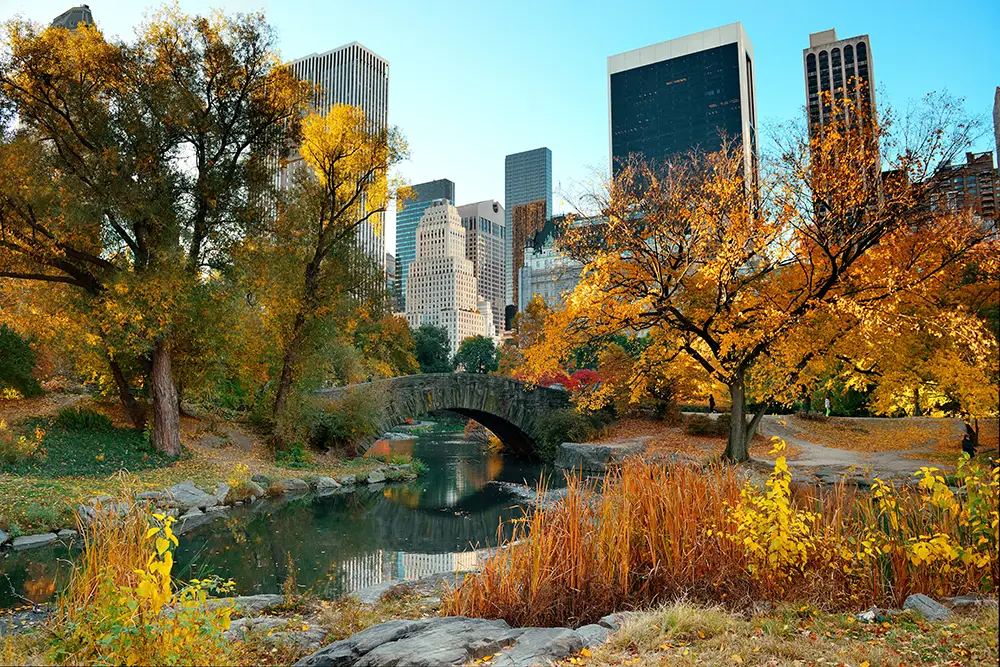
Winter (December to February): Central Park takes on a serene and magical quality in the winter. While it can be quite cold, the park’s landscapes covered in snow create a picturesque scene. Ice skating at Wollman Rink and the Central Park Conservatory Gardens holiday lights are popular winter attractions.
Early Morning: If you prefer a quieter experience with fewer crowds and better photo opportunities, consider visiting Central Park early in the morning. Sunrise in the park can be especially beautiful, and you’ll have a chance to enjoy the tranquillity before the hustle and bustle begins.
Weekdays: Weekdays are generally less crowded than weekends, so if you’re looking for a more peaceful visit, consider going during the week.
Find everything you need to know in this guide to polarizer lens filters for photography. How do they work and which is the best to buy?
Discover TOP features in the Lightroom CC mobile app with this guide for enhancing your photo editing skills. For desktop and tablet too.
Shooting sunsets using amazing 5-in-1 magnetic lens filters from Kentfaith, the 1st choice for photo & video products.
Learn the basics of photography – fast – with our FREE 60-Second Photographer online course. Each class is short and sharp with simple, actionable steps that give you immediate results.
x 30 lessons

© iPhotography™
Become a confident and competent photographer in less than 30 minutes!
Before you leave, make sure you’ve secured your FREE online photography course (worth £29.99)
Each class is just 60-seconds or less making it the fastest and easiest way to learn photography!